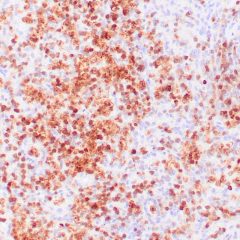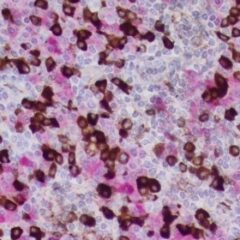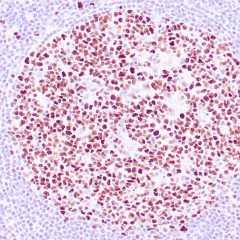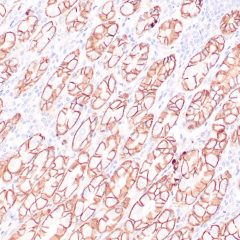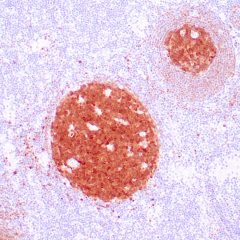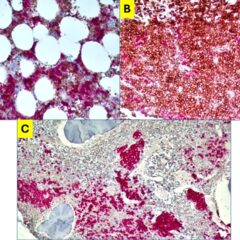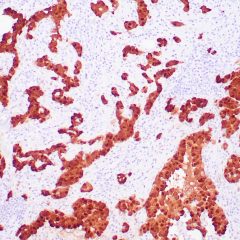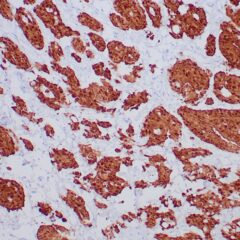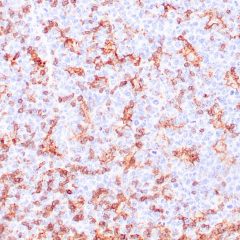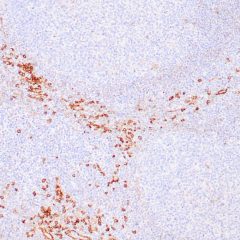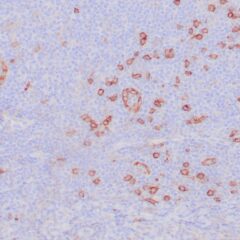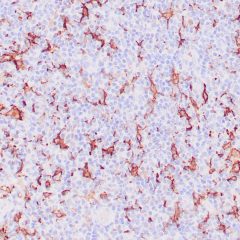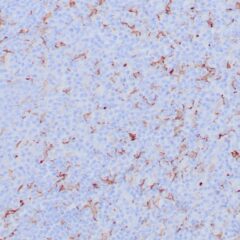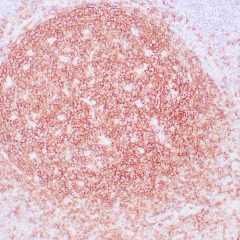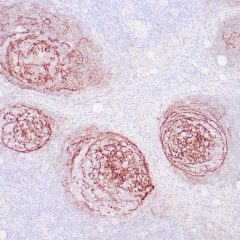MonoMAb™ (MonoSpecific monoclonals)
Zeta primary antibodies are developed and used for the immunohistochemical localization of specific antigens on formalin-fixed and paraffin-embedded (FFPE) tissue sections which plays a key role in determining tumor tissue origin, prognostic marker expression, and target protein expression.
Traditionally, antibodies (monoclonal and polyclonal) are raised against specific proteins/peptides and screened by ELISA, gel electrophoresis, and FFPE tissue stains. However, antibody specificity has never been scrutinized by sophisticated methods until recently.
Zeta Corporation is very excited and proud to have designed and developed a unique technology for primary antibodies; MonoMAb™. The clones were first screened by ELISA and gel electrophoresis to determine their specificity. The selected antibodies were further screened by staining FFPE sections. Those antibodies that worked on FFPE sections were selected for further protein array analysis.
A protein microarray chip is a high-throughput method used to narrow down the specific antigen-antibody interactions on a large scale. The results are studied to pick the most specific clone to produce our MonoSpecific range of primary monoclonal antibodies- MonoMAb™.
